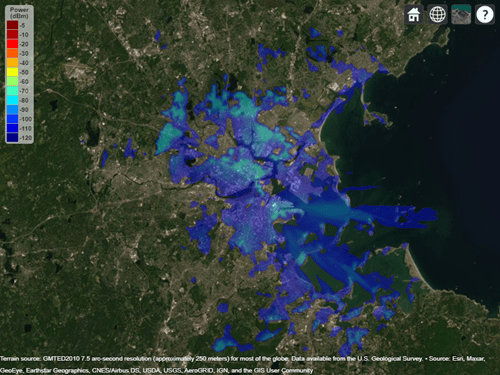interp
Interpolate RF propagation data
Description
interpvalue = interp(pd,lat,lon)
interpvalue = interp(pd,Name=Value)
Examples
Input Arguments
Name-Value Arguments
Output Arguments
Version History
Introduced in R2020a
